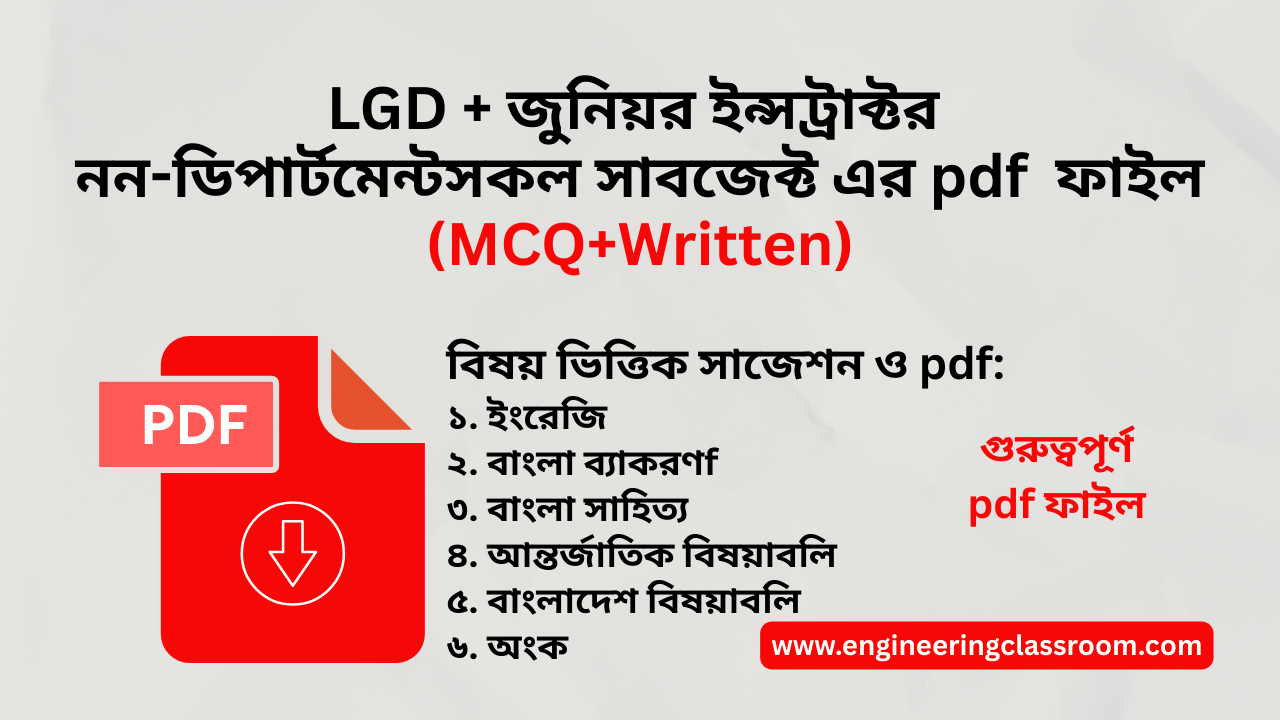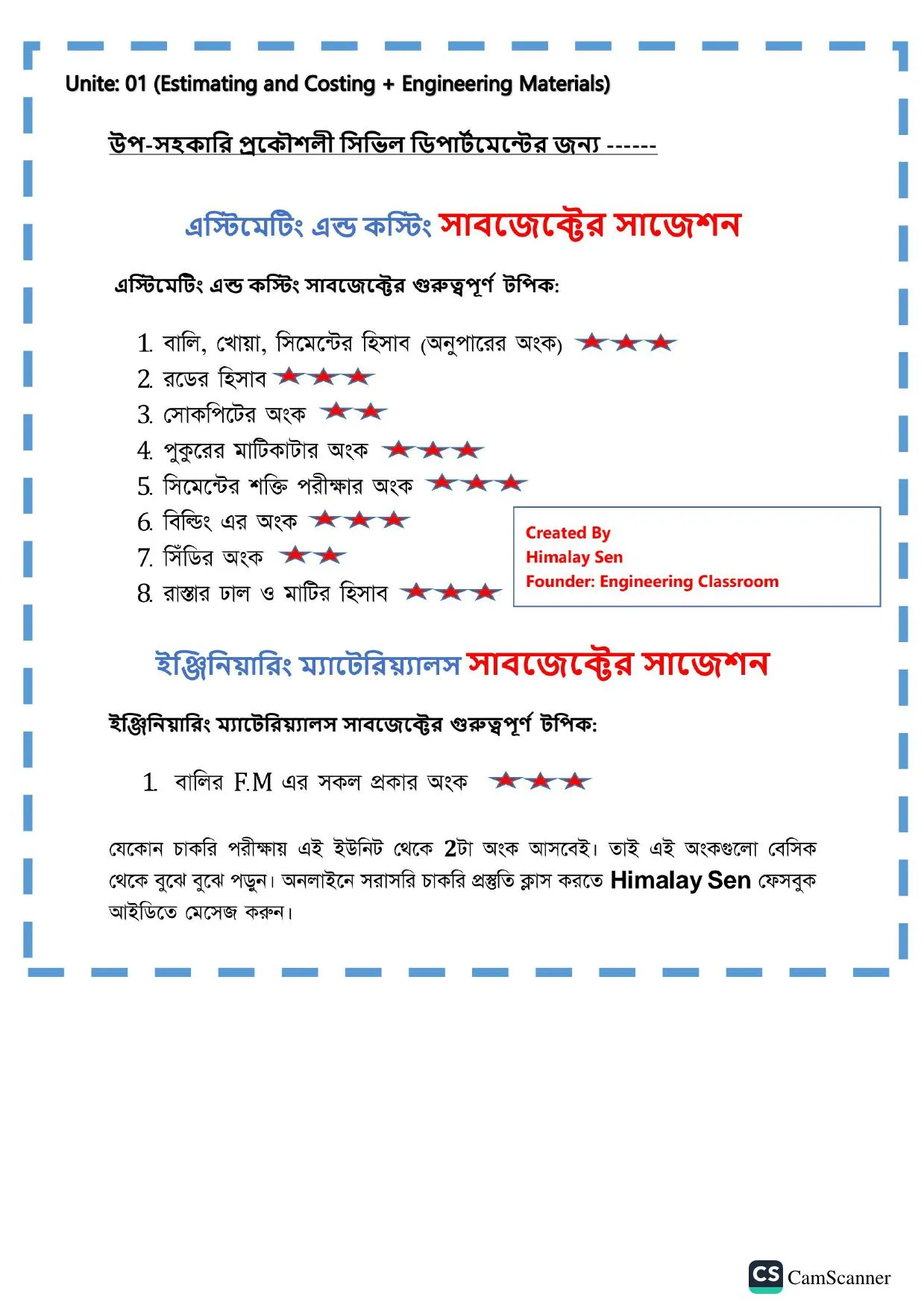MCQ
25761. Soils are derived from..............rocks.
igneous
metamorphic
sedimentary
any one of these
25762. The minimum size of grains of silts is about-
0.0002mm
0.02mm
0.002mm
0.2mm
25763. The specific gravity of a soil is the ratio of unit weight of soil solids to that of water at a temperature of-
4°
27°
17°
36°
25764. A soil having particles of nearly the same size is known as-
uniform soil
poor soil
well graded soil
coarse soil
25765. The maximum size of grains of silts is about-
0.06mm
0.5mm
0.2mm
1mm
25766. The relation between dry unit weight (γ_d), S.G. (G), void ratio (e) or porosity N is-
γ_d=(Gγ_ω)/(1+e)
γ_d=(Gγ_ω)/(1-e)
γ_d=Gγ_ω (1-n)
γ_d=Gγ_ω (1+n)
25767. A soil having uniformity coefficient more than 10, is called-
uniform soil
poor soil
well graded soil
coarse soil
25768. The unit weight of a soil at zero air voids depends upon-
unit weight of water
water content
specific gravity
all of these
25769. The ratio of the unit weight of soil solids to that of water is called-
void ratio
porosity
specific gravity
degree of saturation
25770. Which of the following soil is transported by wind?
Talus
Drift
Loess
all of these
25771. The specific gravity of soil solids is determined by-
pycnometer method
hydrometer analysis
sieve analysis
all of these
25772. The approximate void ratio in sandy soils is-
0.2
0.8
0.6
1.2
25773. Chemical weathering of soil is caused due to-
oxidation
hydration
carbonation & leaching
all of these
25774. The density of soil mass is expressed in-
kg/m²
N/m²
kg/m³
N/m³
25775. The unit weight of a completely saturated soil (γ_sat) is given by-
((G+e)γ_ω)/(1+e)
((1+e)γ_ω)/(G+e)
((G-1)γ_ω)/(1+e)
((1-e)γ_ω)/(G+e)
25776. Sieving is not practicable for grainc sizes smaller than about-
0.075mm
0.095mm
0.15mm
0.2mm
25777. The ratio of the volume of air voids to the volume of voids, is called-
void ratio
air content
degree of saturation
porosity
25778. The smallest sieve size according to Indian standards is-
0.0045mm
0.045mm
0.45mm
0.154mm
25779. The standard temperature at which the hydrometer is calibrated is-
10°C
15°C
20°C
27°C
25780. Residual soils are-
sands
silts
clays
all of these















